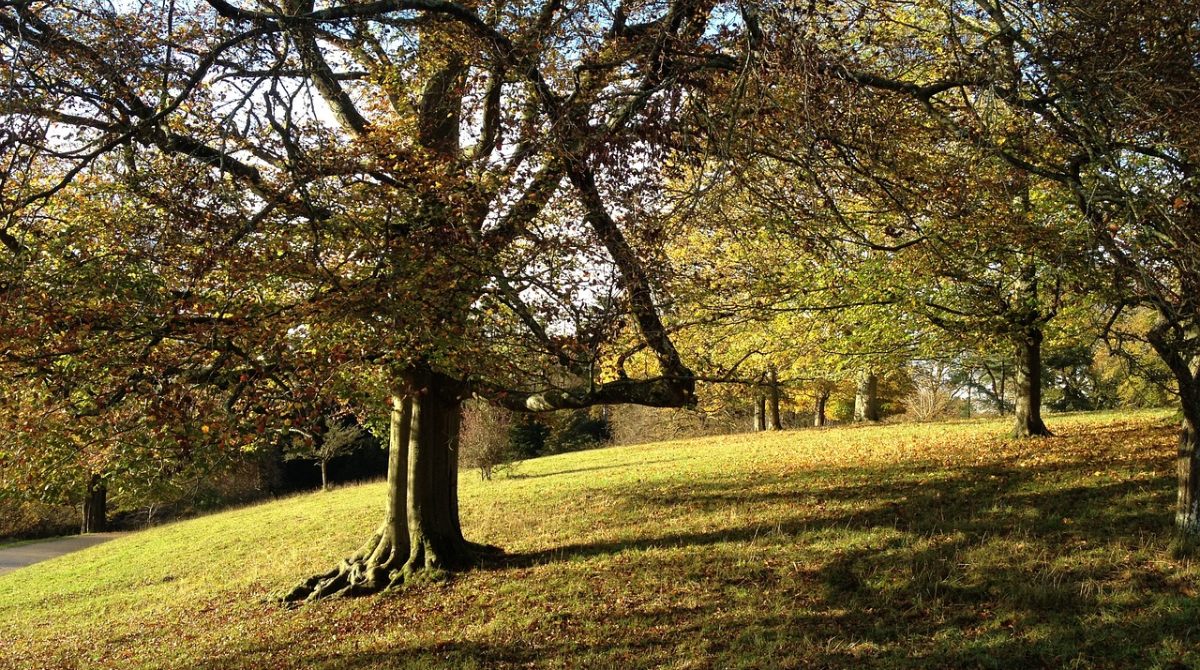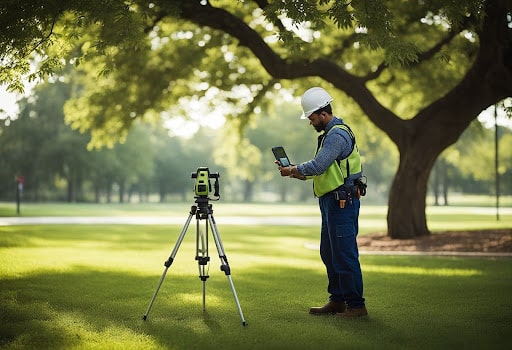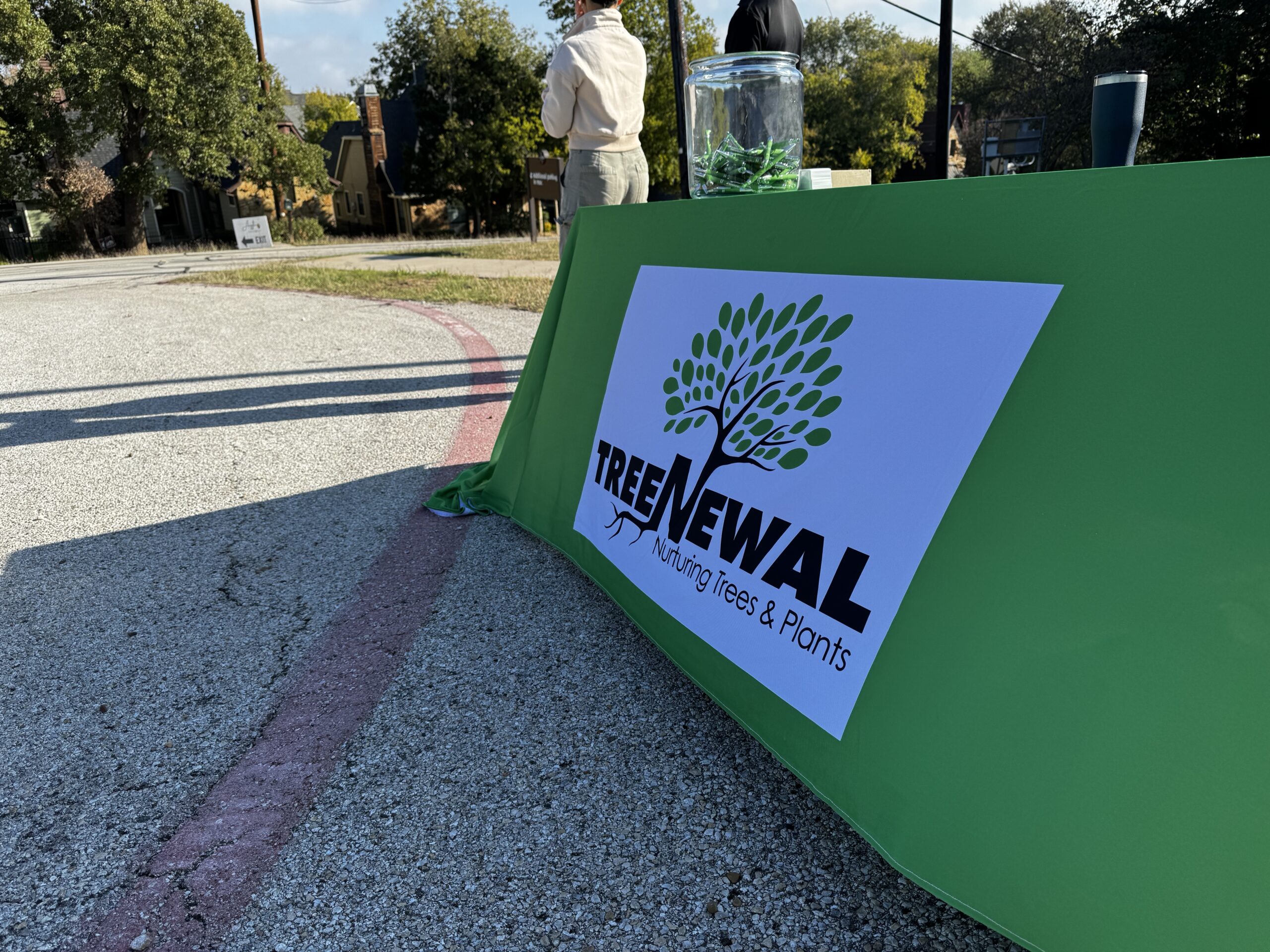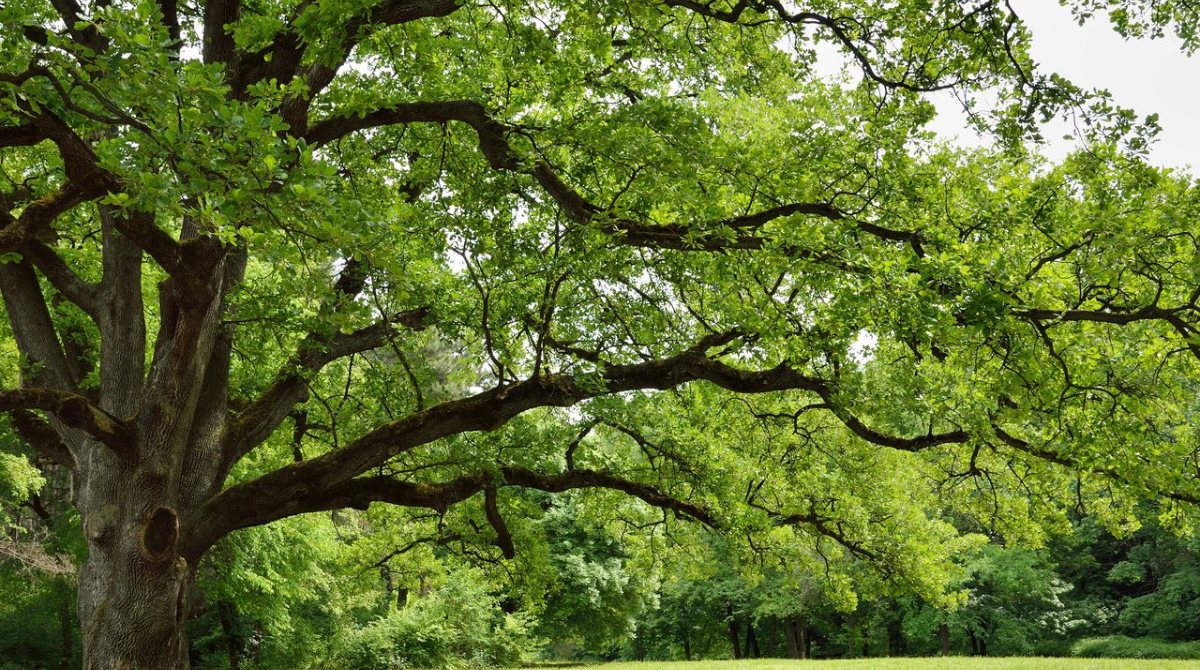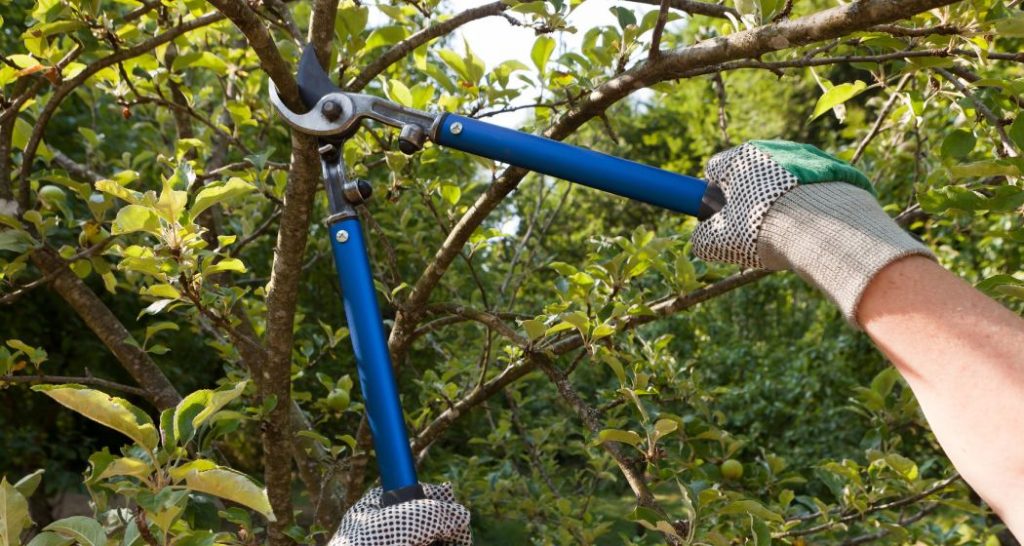
Date November 18, 2021
Category
Your landscape trees and shrubs need special help that your plants growing in a forest or the wild do not need. Imagine you are in a forest. You are surrounded by trees that have lived for hundreds of years. Now, look at the trees. Do they look like the ones in your yard? When trees grow in the forest, they grow from a single stem, reaching the sky to gain light. Trees outside of their natural habitat do not have to compete for light. Therefore, they grow more limbs and a larger crown. This structurally weakens the trees and poses a risk to the property and the people on it.
Structural defects develop early on in a plant’s life and worsen as they mature. Structural pruning can help maintain the stability of your tree and reduce the risk of breakage. During inclement weather or harsh winters, these trees will be the first to fall. While structural pruning is necessary for all trees, it is a necessity for those growing near buildings.
Structural Issues Start at an Early AgeAt an early age, trees in urban settings often begin to show unwanted characteristics. The possible outcomes are poor crown structure, big branches that dominate the central stem, weak branch attachments, and codominant stems with inclusions. When trees are young, these issues appear trivial, but they become huge challenges as they mature.
Correctively pruning later down the line is extremely costly due to the size of mature trees. Because large trees bear more weight and are subjected to larger wind pressures, architectural flaws significantly increase the risk of failure. Furthermore, when older trees collapse, they have the potential to do even more damage. Correcting the trees early on with structural pruning will save you money and protect your property from damage caused by fallen trees.
What is Structural Pruning?
Structural pruning is the process of removing or reducing the length of branches or stems that compete with the leader or the tree’s main stem. Structural pruning is considered an essential step in tree care, especially in young trees. The goal of structural pruning is to increase the structural integrity of your landscape tree and encourage a healthier, stronger tree.
Is Your Landscape Tree Considered Strong?
While your tree may be large, that doesn’t mean it’s structurally strong. A strong tree will feature the following:
Single Central Stem
Unless you have intentionally grown your tree to be multi-stemmed, a single stem should be kept for at least half of the tree’s height when mature. This single stem is called the leader. There should be a clear dominant leader for your tree. If you see multiple stems or a co-leader, consider calling an ISA Certified Arborist to diagnose your tree.
Branch Size
At the point of attachment, all branches and leaders should be less than one-half the diameter of the parent stem.
Adequate Branch Spacing
Does your landscape tree have branches too close together? Branches should have adequate space between them and not clustered closely together. Proper distribution of branches around the stem will help disburse weight and reduce stress. Your friends at TreeNewal can help determine which branches need to be structurally pruned to help your tree grow stronger.
Strong Unions
It is better to have unions (the point at which two branches or stems join or where a branch meets a trunk) where the trunk wraps around the branch’s base. That adhesion will be weaker if the bark is incorporated (squeezed or inserted). The most dangerous inclusions are those found on broad, lengthy branches. A U-shaped union is the ideal shape.
6 Strategies for Proper Structural Tree Pruning:
- Develop or maintain a dominant leader (main stem of the tree)
- Identify the lowest branch in the permanent canopy
- Prevent branches below the permanent canopy from growing upright or too large
- Space main branches along a dominant trunk
- Keep all branches less than one-half the trunk diameter
- Suppress growth on branches with bark inclusions
There are three main steps to finding the best dominant leader of your tree. The first step is to determine which stem will produce the most dominant trunk. It should be at the middle of the crown, devoid of fractures, openings, mechanical damage, major pruning wounds, cankers, and other flaws that might weaken it. The next step is to find which stems and branches compete with your dominant leader. Finally, clip competing stems and branches back to the trunk or shorten them with a reduction cut to make them subordinate. Branches that are crowded together and sprouting from the same spot on the trunk should be removed. Only one major branch should appear from a single point on the trunk in the ideal situation.
When to Consult an Expert
While finding the proper branches to prune to help with the stability of a tree may seem a bit out of reach to most people, an ISA Certified Arborist, like your friends at TreeNewal, know exactly which branches to prune off your landscape tree. Pruning, specifically structural pruning of landscape trees near buildings, needs an expert’s touch to ensure the tree is safe for nearby properties and people.
Do you have landscape trees and plants that can use structural pruning? Contact our Tree Care Experts at TreeNewal to get an ISA-certified arborist straight to your door. Our tree care experts will determine which tree pruning services are right for your tree. Contact us today for a free quote and learn why TreeNewal is DFW’s number 1 tree care expert!
To learn more about Structural Pruning – Landscape Plants, call our Argyle and Southlake-based teams
at tel:(817) 592-6846 or send us a message.
We’re a little different than the average tree services company.
Learn more about TreeNewal’s ISA Certified Arborists!
Our Dallas/Fort Worth-based tree doctors can explain how sustainable tree care services add more value to your bottom line.
Healthy trees, healthy lives.
